Technology Impact Posts on Crowch
The summer of 2025 made history as Singapore hosted the World Aquatics Championships for the first time. Over 2,400 athletes from more than 200 countries competed across six disciplines: swimming, artistic swimming, diving, high diving, open water swimming, and water polo.
🏊♂️ Swimming — The Heart of the Championships
The pool delivered the most emotions. Thrilling finals in the 100m and 200m events, dramatic relays, surprising breakthroughs, and new rising stars captivated millions of fans. Several world records were set, proving that sport never stops evolving.
🤸 Artistic Swimming — The Beauty of Sport
Artistic swimming turned into a true spectacle where sport met art. Complex routines, perfect synchronization, and vibrant performances showed that athletic excellence can be combined with artistic expression.
🤽 Water Polo — The Spirit of Teamwork
Water polo matches were among the most intense. Fierce battles, dynamic gameplay, and last-minute goals kept fans on the edge of their seats, embodying the essence of teamwork and competition.
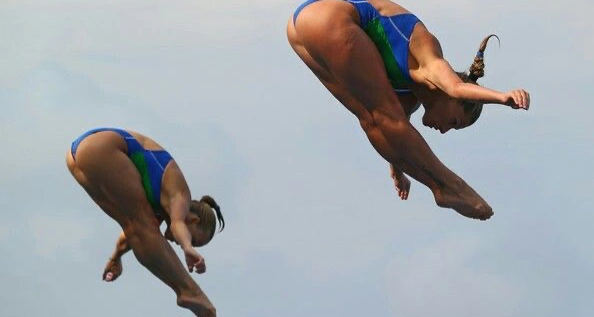
🌍 Global Reach
A remarkable aspect of the 2025 edition was the growing diversity of medal winners. Unlike previous championships dominated by a few nations, athletes from a record number of countries reached the podium, highlighting the sport’s growing global appeal.
💫 Emotions and Legacy
The championships were more than a competition. They became a celebration that united cultures and generations. Thousands of volunteers, countless unforgettable moments, and a festive atmosphere in stadiums and fan zones made the event historic.
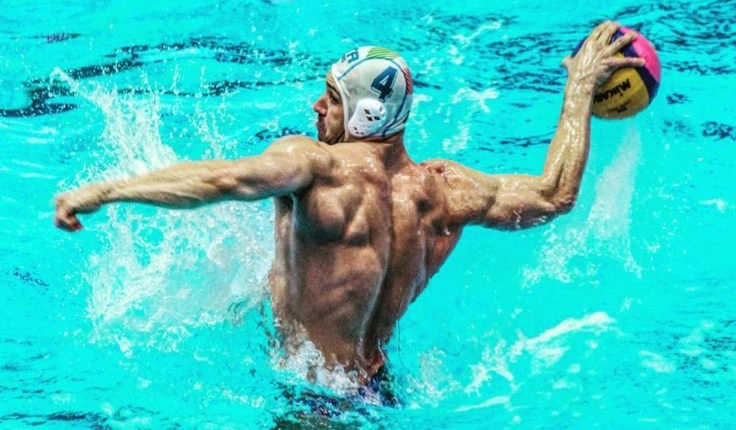
✨ The World Aquatics Championships 2025 proved that sport is more than medals — it is an energy that unites the world.
On December 9, the world observes the International Day of Commemoration and Dignity of the Victims of the Crime of Genocide and of the Prevention of this Crime. This day is not only about mourning the millions of lives lost but also about finding ways to prevent such tragedies in the future. One of the most powerful tools for prevention is education.
Why education matters
Genocide never erupts overnight. Its roots lie in intolerance, prejudice, stereotypes, and the spread of hate speech. Schools, universities, and educational initiatives can serve as shields against these dangers by fostering critical thinking, respect for diversity, and the ability to recognize propaganda.
Lessons from history
Studying the tragedies of the 20th century — the Holocaust, Rwanda, Cambodia, the former Yugoslavia — helps younger generations understand the consequences of silence and indifference. History becomes not just a collection of facts but a warning: such horrors can happen again if societies remain passive.
A culture of remembrance
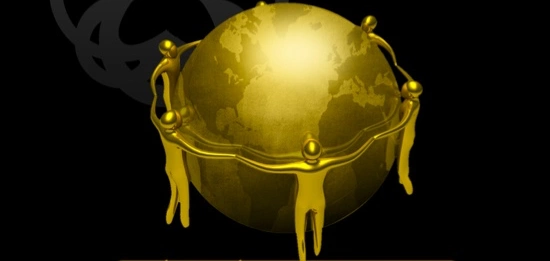
Commemorative dates, museums, documentaries, and survivor testimonies create a culture of remembrance. This culture teaches us to value human life and respect every individual’s right to exist. When young people hear the stories of survivors, numbers turn into faces, and statistics transform into human suffering.
Education through dialogue
Education goes beyond classrooms. It includes public discussions, cultural projects, and responsible media work. It is crucial to create spaces for dialogue where difficult topics can be addressed openly, fostering empathy and mutual understanding.
The role of individuals
Each person can contribute to prevention by sharing knowledge, countering disinformation and intolerance, and supporting initiatives that promote respect and understanding. Small actions by millions of people together lead to global change.
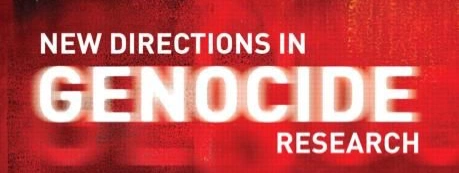
Conclusion
The International Day for the Prevention of Genocide reminds us that laws and political decisions alone are not enough to stop such crimes. Real protection is built in people’s minds and hearts — through education, awareness, and a culture of remembrance.
Every year on December 9, the international community observes an important date — the International Day of Commemoration and Dignity of the Victims of the Crime of Genocide and of the Prevention of this Crime. This day serves as a reminder of the darkest pages of human history and of the dangers of indifference and inaction in the face of hatred.
Historical background
On December 9, 1948, the United Nations General Assembly adopted the Convention on the Prevention and Punishment of the Crime of Genocide. This landmark document was the first international treaty to define genocide as a crime and establish the responsibility of states to prevent and punish it.
Since then, the world has witnessed tragic events — from the Holocaust to the genocides in Rwanda, Cambodia, Bosnia, and beyond. Each of these episodes represents not only immense human suffering but also a painful lesson humanity must never forget.
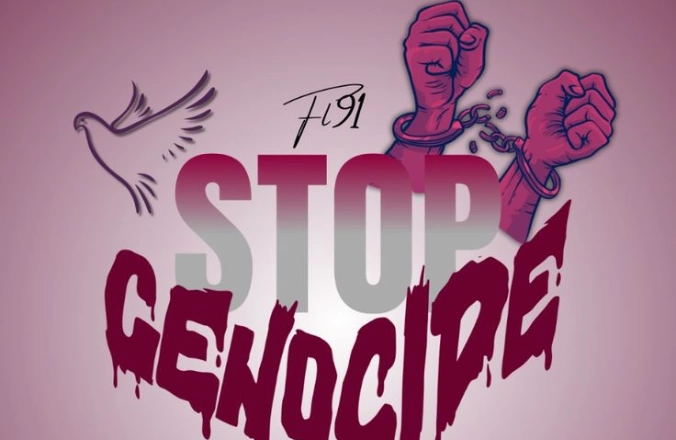
Why remembrance matters
Honoring the victims of genocide is not only an act of respect for those who perished, but also a warning for future generations. Forgetting past atrocities risks allowing them to happen again.
Genocide never begins overnight — it is preceded by discrimination, hate propaganda, and the dehumanization of entire groups. Recognizing these warning signs early and responding effectively is key to prevention.
The role of the international community
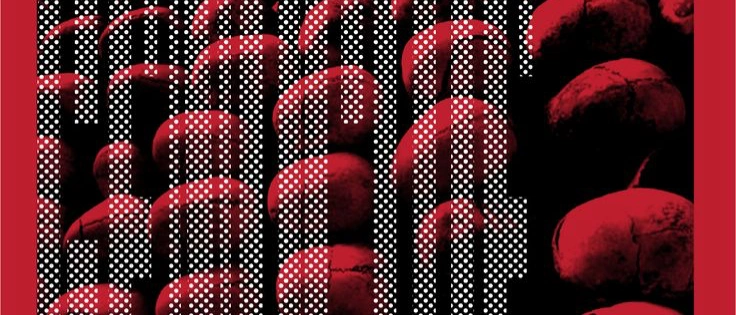
The United Nations and other global organizations call on states to strengthen mechanisms for early warning, protect human rights, defend vulnerable populations, and promote cultures of peace and tolerance.
Citizens also play a crucial role: by standing up to hate speech, fostering dialogue between cultures, and refusing to remain indifferent to injustice.
A day of reflection and action
December 9 is not only a day of mourning and remembrance but also a call to action. Each of us can contribute: by engaging in educational initiatives, supporting human rights projects, or simply practicing respect and tolerance in everyday life.
Conclusion
The International Day of Commemoration and Dignity of the Victims of the Crime of Genocide and of the Prevention of this Crime reminds us that responsibility for the future rests with all of us. By remembering the tragedies of the past, we commit to building a society based on dignity, respect, and peace. Only then can we ensure that such crimes never happen again.
Cyber Monday has long since ceased to be just a discount day. Today, it reflects global trends in e-commerce and demonstrates how technology is transforming shopping and consumer habits.
A technological breakthrough
Cyber Monday has become a symbol of how digital technologies turn shopping into a fully online experience. Modern platforms use algorithms and artificial intelligence to personalize offers: each customer sees products most relevant to their interests. This makes shopping faster and more convenient.
Mobile sales
With the rise of smartphones, Cyber Monday is increasingly shifting toward mobile apps. Today, more than half of all orders are placed through phones. Retailers adapt their websites and launch dedicated apps with exclusive deals to attract mobile users.
New sales formats
Cyber Monday is no longer limited to a single day. More and more often it expands into an entire week or even a month of discounts. Companies promote “Cyber Week” or “Cyber Month,” offering different deals on different days to keep customer attention for longer.
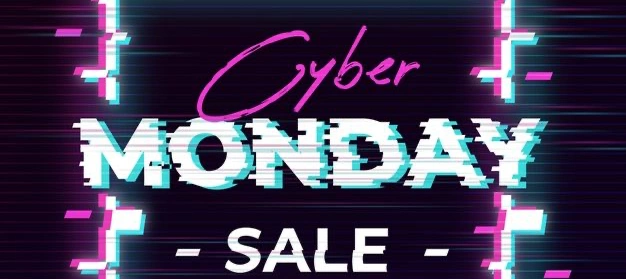
Social media as a storefront
Instagram, TikTok, and other social networks have become key platforms for Cyber Monday promotions. Influencers showcase the best deals, while brands use live streams and stories to demonstrate products in real time. This approach turns shopping into an interactive and emotional event.
Challenges of sustainability
Along with its growing popularity, Cyber Monday faces criticism. Massive online orders increase pressure on delivery systems, generate packaging waste, and raise carbon emissions. That’s why more and more attention is given to the idea that the future of Cyber Monday should involve responsible consumption and eco-friendly practices: reducing packaging, using recycled materials, and optimizing logistics.
A global future
Cyber Monday has spread far beyond the United States and is now celebrated almost worldwide. In some countries, it has even surpassed Black Friday in popularity, as online shopping is more convenient and safer. In the future, Cyber Monday is likely to become an international digital holiday, uniting millions of people around the idea of smart and conscious shopping.
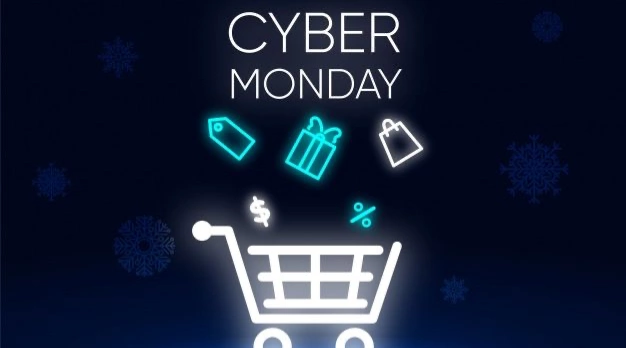
Conclusion
Cyber Monday reflects the essence of modern commerce: technology, mobility, personalization, and global reach. At the same time, it raises questions about sustainability and responsibility. The future of Cyber Monday lies not only in record-breaking sales but also in finding balance between great deals and caring for the planet.
Every year on November 21, the world observes World Television Day, a date proclaimed by the United Nations General Assembly in 1996. This day is not so much a celebration of the television set itself as it is an acknowledgment of the medium’s role in fostering global dialogue and the exchange of ideas.
Since the mid-20th century, television has been one of the most important sources of information. It has allowed millions of people to witness history as it happens: Olympic Games broadcasts, concerts by world-famous artists, live reports from significant events, political debates, and humanitarian campaigns. These shared moments have created a common information space that has shaped our collective experience.
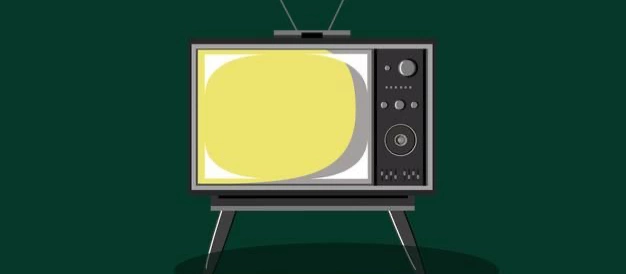
Today, television is far more than just news and entertainment. It is a platform for educational programs, documentaries, and cultural projects that help us better understand the world and one another. Television raises awareness about social and environmental issues, encourages positive action, and unites people around shared values.
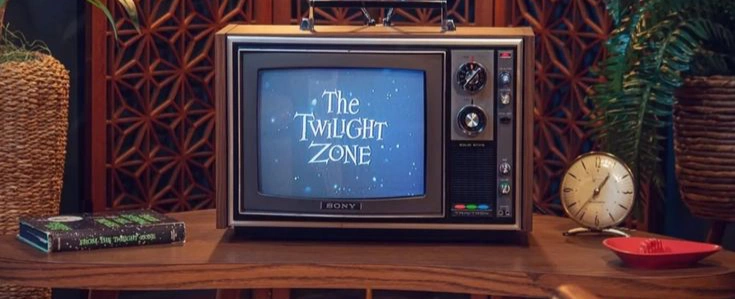
However, with this influence comes great responsibility. In an era of unprecedented information flow, it is more important than ever for television to remain a source of accurate and trustworthy reporting. Media professionals carry the responsibility for content quality, while viewers shape the media landscape through the programs they choose to support.
Ways to mark World Television Day include:— Watching a documentary or educational broadcast.— Reflecting on TV programs that have shaped your worldview.— Discussing television’s role in our lives with friends or family.— Supporting independent and cultural broadcasters.
World Television Day serves as a reminder that the screen can be a bridge between cultures, a tool for learning, and a platform for global dialogue. Ultimately, its power depends on how we choose to use it.
Every year, on the first Friday of October, the world pauses — not for a grand parade or a public holiday, but for something far simpler and more powerful: a smile. World Smile Day reminds us that kindness doesn’t require wealth, status, or even words. It starts with the curve of the lips and the warmth in the eyes, and it can ripple outward to touch countless lives.
The Story Behind the Day
The origin of World Smile Day goes back to Harvey Ball, a commercial artist who created the iconic yellow smiley face in 1963. While the symbol became a global icon of happiness, Ball noticed that its meaning was getting lost. In 1999, he declared that one day a year should be devoted entirely to acts of kindness — no politics, no boundaries, no exceptions — and that each person should spread joy through at least one good deed and one genuine smile.
Why Smiles Matter More Than We Think
Science has proven that smiling is not just a reaction to feeling happy — it can actually create happiness. When we smile, our brain releases endorphins, dopamine, and serotonin, which help reduce stress and improve mood. Smiling is contagious; it triggers a mirror response in others, creating a cycle of positivity.
A smile can also bridge gaps between strangers, soften conflicts, and provide comfort in difficult moments. It can be the start of a friendship, the reassurance someone needs in a challenging day, or the silent support that says, “I see you, and I care.”
Celebrating World Smile Day

This day isn’t just about smiling for the sake of it — it’s about intentional kindness. Around the world, people celebrate by:
- Performing Random Acts of Kindness — paying for someone’s coffee, leaving an encouraging note, or helping a stranger.
- Organizing Community Events — from free concerts to neighborhood clean-ups, all with the goal of spreading joy.
- Supporting Charities — raising funds for causes that improve lives.
- Sharing Positivity Online — using social media to post uplifting stories, photos, or videos that inspire others to smile.
How You Can Take Part
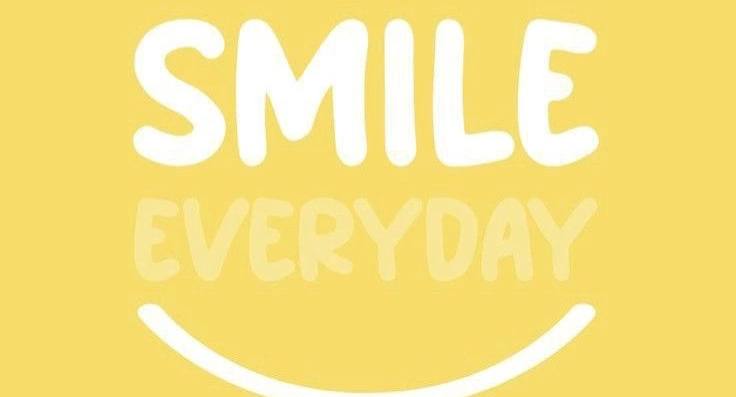
You don’t need a big plan to celebrate World Smile Day. You can:
- Greet people warmly and sincerely.
- Call someone you haven’t spoken to in a while.
- Give a compliment that comes from the heart.
- Spend time with someone who might be lonely.
- Share a laugh — humor is one of the most powerful ways to connect.
The Lasting Impact
The beauty of a smile is that its impact often goes far beyond the moment. Someone who receives your kindness might pass it forward, creating a chain reaction of positivity that you’ll never fully see.
This year, let World Smile Day be more than just 24 hours on the calendar. Let it be the start of a habit — to notice people more, to share kindness freely, and to never underestimate the difference a single smile can make.
In the spring of 2025, thousands of fans from around the world will once again gather around screens and concert arenas for one of the biggest musical events on the planet — the Eurovision Song Contest. This year, the event takes place in Switzerland, the very country where Eurovision began in 1956. Following Switzerland's victory in 2024, the nation now has the honor of hosting a symbolic return to the origins of the contest.
Why Eurovision Still Matters
Over the decades, Eurovision has evolved from a simple European song competition into a global cultural phenomenon. It’s not just about singers and scores — it’s a platform for:
- musical experimentation
- celebrating cultural diversity
- delivering social and political messages
- launching emerging artists onto the world stage
Eurovision influences trends, drives online conversations, inspires creatives, and gives audiences a rare sense of unity through music.
Switzerland — Back to the Roots
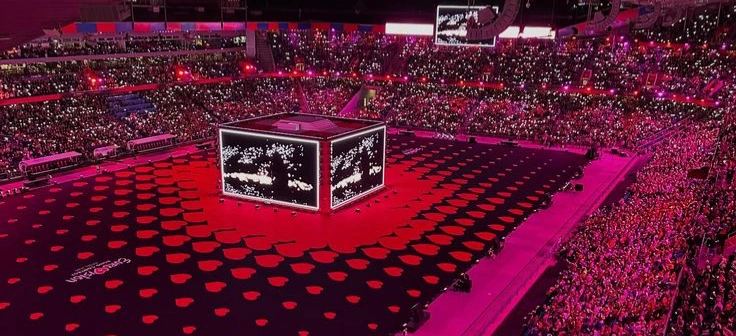
Hosting Eurovision in Switzerland carries special historical significance. This is where it all began nearly 70 years ago, and now the country will welcome over 35 participating nations (and possibly more). The host city has yet to be confirmed, but Geneva, Basel, and Zurich are top contenders.
Organizers have promised:
- a technologically advanced stage design
- eco-friendly transportation and lighting solutions
- a balance between honoring tradition and embracing the future
This year’s central theme is "Music Without Borders", highlighting Eurovision’s unifying role in a divided and conflict-ridden world.
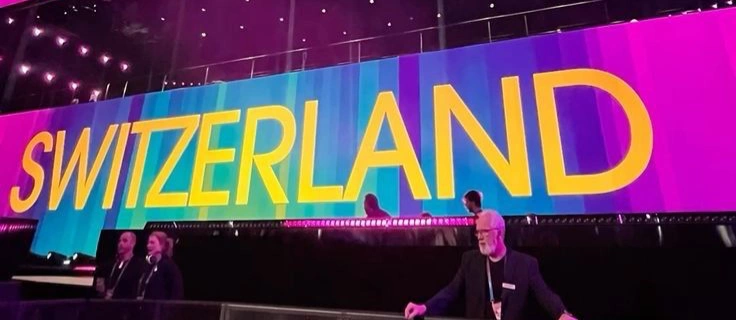
What to Expect in 2025
- Over 35 participating countries, including the return of several past absentees
- New voting formats and interactive digital features via apps and streaming
- Possible appearances by virtual or AI-supported performers (on a trial basis)
- A grand final featuring past Eurovision winners as part of an anniversary tribute
It’s also expected that Switzerland will invite special guests, including artists from the original 1956 contest and countries that have never participated before.
What Eurovision Means for Artists
For many artists, Eurovision is a career-defining moment. ABBA, Céline Dion, Måneskin — all launched to global fame from this stage. Even those who don’t reach the top three often walk away with international fan bases, record deals, and lasting media attention.
The contest also fosters dialogue across borders, even when politics divide nations. On the Eurovision stage, creativity and performance rise above national differences.
Conclusion
Eurovision 2025 in Switzerland is shaping up to be more than just a musical celebration — it’s a symbolic return to the contest’s roots and a reimagining of what it stands for today. For fans and viewers alike, it offers a rare opportunity to feel that, for a few nights, music truly brings people together.
On November 22, 2025, Formula 1 returns to Las Vegas for one of the most spectacular events on the calendar — a race that blends high-speed drama with dazzling entertainment in the heart of America’s party capital.
A Circuit Like No Other
Set right in the heart of the Las Vegas Strip, the street circuit passes iconic casinos, resorts, and entertainment landmarks.It’s a night race, run under the glow of neon lights, giving it an atmosphere that feels more like a movie set than a traditional Grand Prix.
- Circuit length: 6.2 km
- Top speeds: up to 340 km/h
- Lap count: 50
- Track features: long straights, tight 90-degree corners, and heavy braking zones
The layout feels like a mix of Baku and Monza — pure speed with a street-racing edge.
What Makes Vegas Special
- Start time: The race begins close to midnight local time, optimized for global TV audiences.
- Fan experience: Live concerts, drone shows, immersive fan zones, and A-list celebrity appearances make this a full-scale entertainment festival.
- High-end access: It's the most expensive event in the F1 calendar, with VIP experiences reaching over $10,000 — and it still sells out.
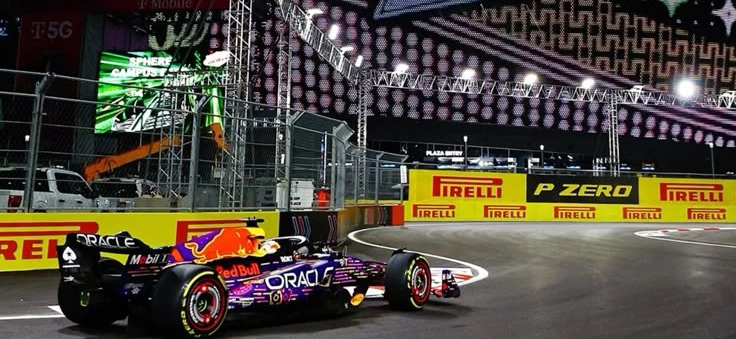
It’s Formula 1 like you’ve never seen it before — part race, part Las Vegas spectacle.
2025 Racing Storylines
- Max Verstappen and Oscar Piastri continue their intra-team rivalry at Red Bull. Vegas could prove decisive for the title.
- Ferrari, with Lewis Hamilton and Charles Leclerc, brings strong qualifying performance to a circuit that rewards grid position.
- Audi F1 looks to leverage top speed to fight for strong points.
- Zhou Guanyu and Oliver Bearman hope to pull off surprises on a track that invites chaos.
Why You Can't Miss It
Anything can happen in Vegas — and usually does. From late-race safety cars to wild overtakes and unexpected winners, the Las Vegas Grand Prix is where sport meets spectacle.
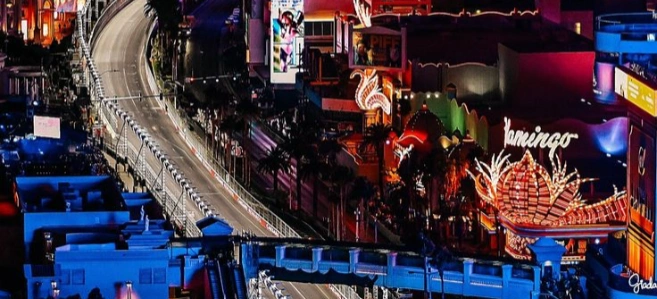
In 2025, this race could decide championships — or make headlines for reasons no one saw coming. Formula 1 in Vegas is fast, loud, bold, and unforgettable.
Formula 1 has always been a showcase for cutting-edge technology. But by 2025, it’s no longer just about horsepower — it's about processing power. Grand Prix weekends have become live tech labs, where AI, real-time analytics, and virtual simulations decide outcomes as much as driver skill.
AI Takes Over Strategy
Artificial intelligence is now the silent strategist. Teams use AI to simulate countless race scenarios, predict weather patterns, analyze tire wear, and adjust pit strategies — all in real time. In fact, some teams now let AI suggest or even decide race strategy without human input.
At the 2025 Australian GP, several teams instantly changed strategy seconds before a light drizzle — based solely on AI calculations. The result: crucial positions gained.

Enhanced Telemetry and Real-Time Feedback
Modern F1 cars feature over 400 sensors tracking everything from brake heat to suspension flex to driver fatigue. Data is processed by neural networks that adjust vehicle settings live or provide insights to race engineers.
Telemetry used to be post-race analysis. Now, it's a race-defining tool, lap by lap.
Digital Twins and Simulation Workflows
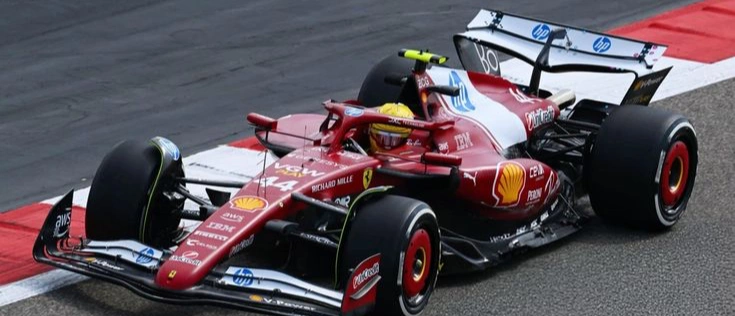
Teams now create digital twins — exact virtual replicas of their race cars. These are fed with real-world data and used to run full race simulations before the car hits the actual track.
By the time the team arrives on Friday, they already know the optimal setup and predicted scenarios. It saves time, reduces wear, and boosts precision.
Helmet Interfaces and Driver Feedback
The modern F1 helmet is a command center. In 2025, drivers use visor-integrated holographic displays for tactical info. They receive visual alerts and strategy cues without glancing at steering wheel screens.
Voice commands have also evolved. The AI can understand natural speech and respond instantly — acting almost like a co-pilot in the car.
Formula 1: A Digital Motorsport
Technology is no longer a supplement — it's a core component. Formula 1 in 2025 is a blend of human performance, machine precision, and artificial intelligence. And it’s just the beginning. In the next few years, expect deeper integration of biometrics, brain-computer interfaces, and predictive maintenance systems.
This is the future of racing — and it’s already happening.
The plan was simple: land, open your map, call a taxi, and text your friends that you’ve arrived. Reality turns out to be different. Your phone connects to a network — but nothing loads. The airport Wi-Fi asks for a local number. WhatsApp or Telegram calls just don’t go through. That’s when you realize: internet abroad isn’t always automatic.
Every traveler has experienced this digital disconnection at least once. Sometimes it’s just a glitch. But often, it’s a country-specific issue no one warned you about.
The UAE, China, Iran, Qatar, and Egypt all place restrictions on voice and video calls through messaging apps. You can send texts, but you can’t call or video chat. If you planned to check in with family or take a quick work call via WhatsApp — forget it.
Then there’s the situation where you bought an eSIM ahead of time, thinking you were fully covered. But it connects to a local partner network that should work — and yet in practice, it’s slow, unstable, or only functional in big cities. At the beach, in the mountains, or on an island — you’re offline. Or the speed is so low that even Google Maps won’t load.
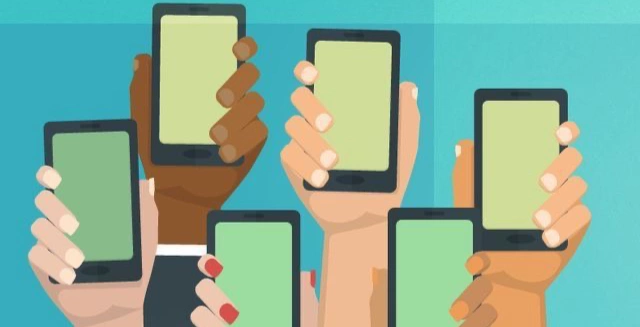
Now add another issue: no hotspot sharing. Many eSIM providers — especially with unlimited data — block tethering. You can’t share your mobile connection with your laptop or tablet, even if you have plenty of data. On a work trip, that can ruin your whole day.
There’s also the issue of high latency. Everything seems fine — messages send, websites open. But real-time features like GPS navigation or video calls lag, freeze, or fail. This is especially frustrating for remote workers or anyone navigating complex routes.
Your phone can feel almost useless if you didn’t prepare for these little tech details. And this isn’t about paranoia — it’s about comfort, safety, and being able to adapt.
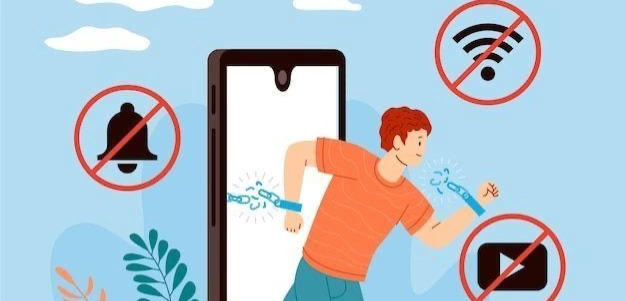
💡 What to keep in mind:
• If you plan to make calls via messaging apps, check if they’re allowed in your destination, or set up a VPN in advance.• Before purchasing an eSIM, research which networks it uses locally and whether it supports features like hotspot sharing.• Don’t rely on just one source of connectivity: have a backup plan — like a local SIM card, offline maps, and VPN access.• Make sure your phone supports the right network bands — especially in Asia, islands, or South America.• Pre-download everything you might need offline: bookings, tickets, addresses, maps.
Travel is always a little chaotic — and that’s part of its beauty. But when your connection works, you feel more grounded. And when you’re prepared, it doesn’t matter if you’re in a desert, jungle, or megacity — you stay connected, calm, and free.